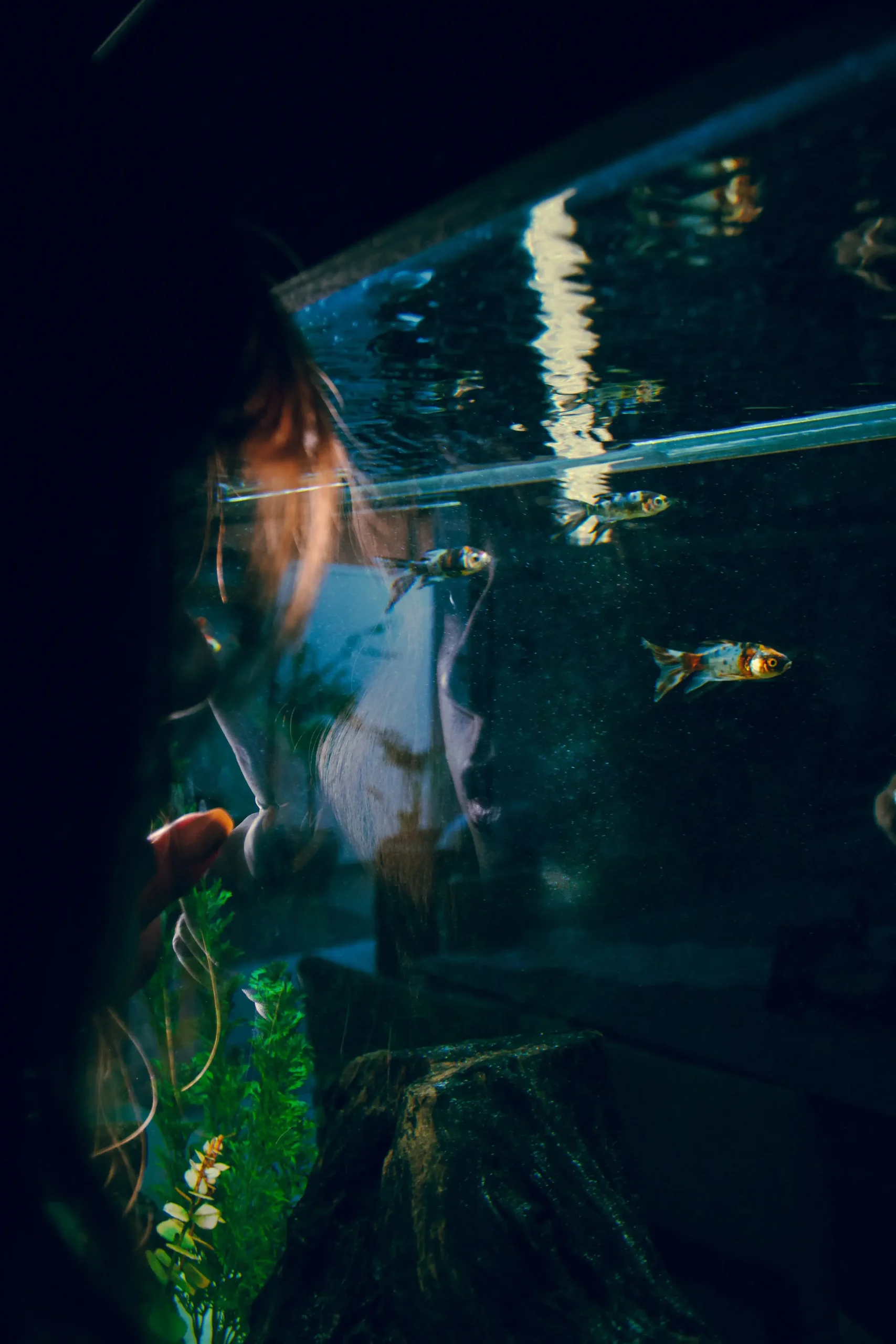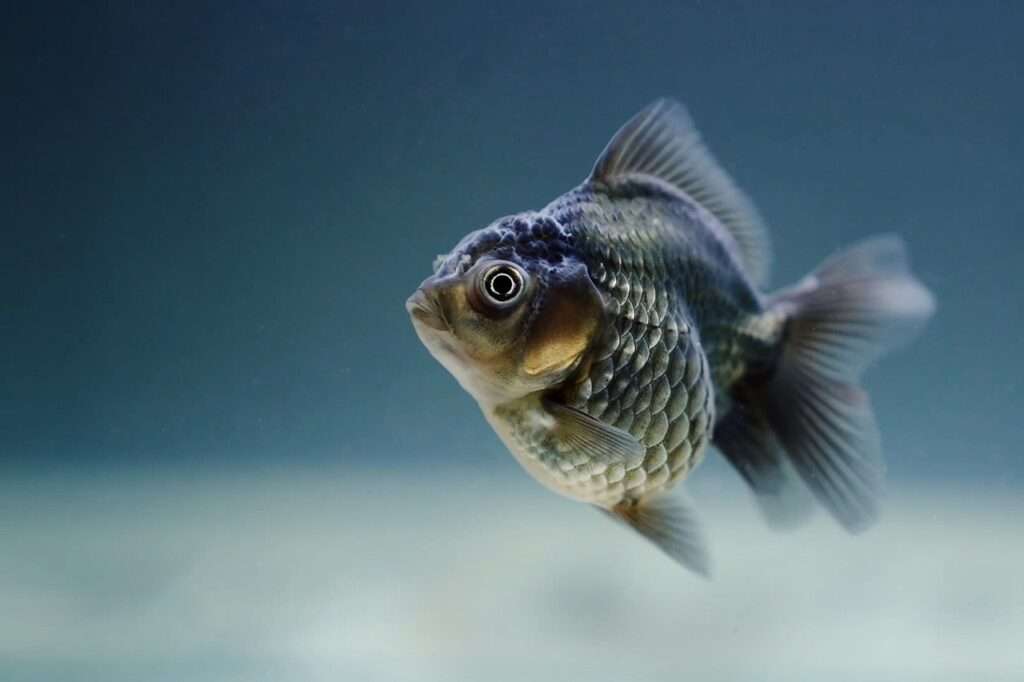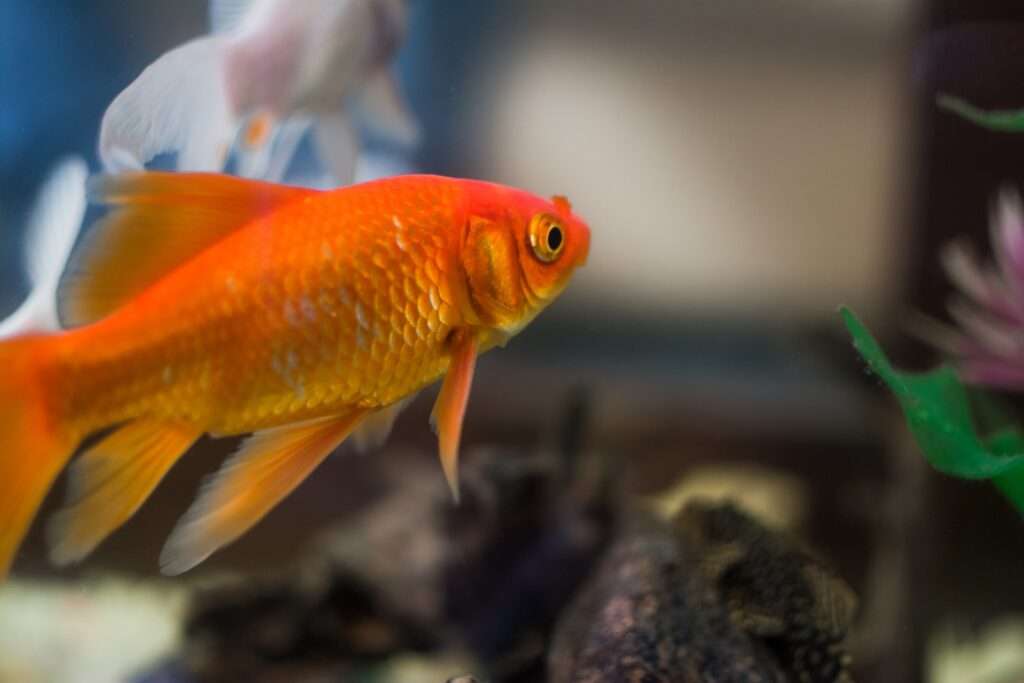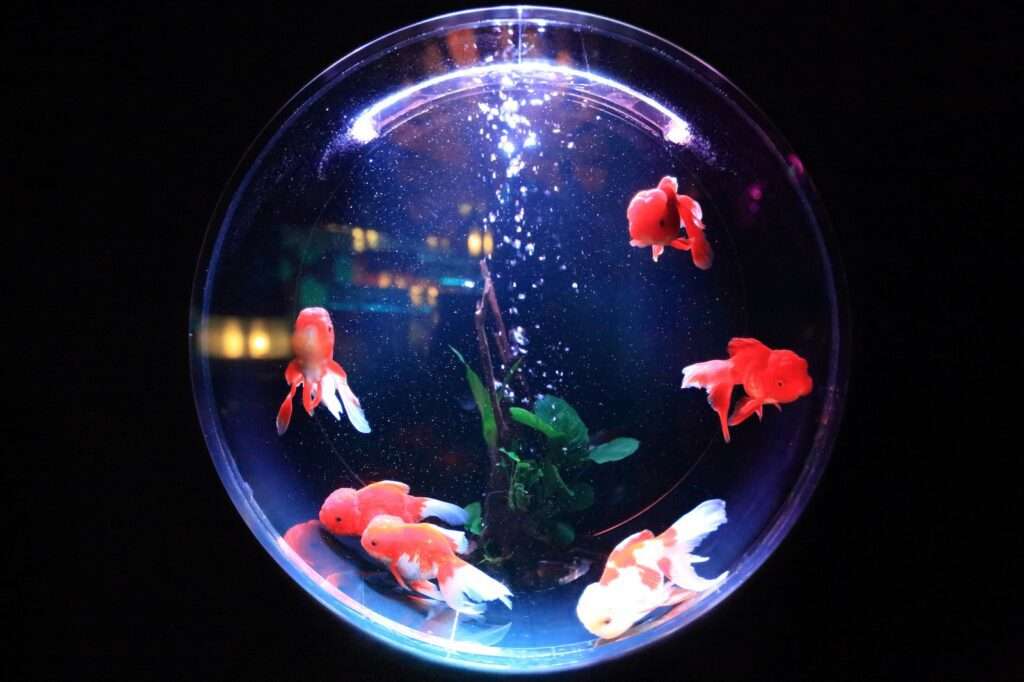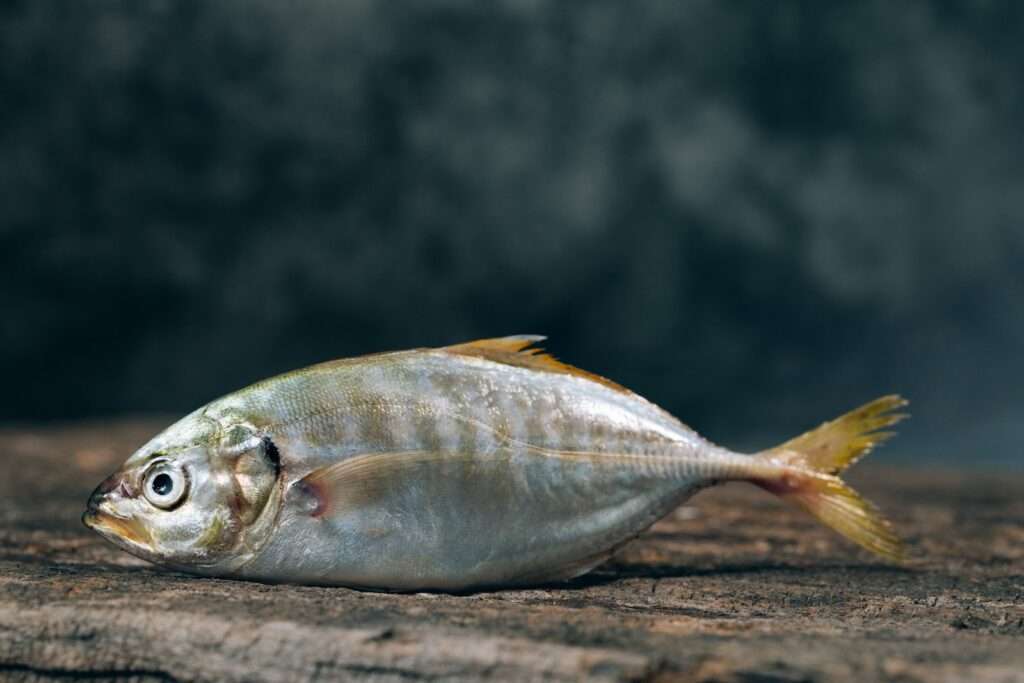Fish behavior is a fascinating subject that aquarium enthusiasts often delve into. Understanding the behavior of different fish species is crucial for creating a harmonious environment in your fish tank. In this article, we will explore how to select peaceful tank mates and provide tips on maintaining a peaceful community. Additionally, we will address some frequently asked questions about fish behavior in community tanks.
When selecting peaceful tank mates, it is essential to research fish compatibility. This involves understanding the social behavior of fish species and identifying compatible species based on temperament, size, and habitat preferences. It is also important to consider the natural hierarchy and aggression levels within fish species. By doing so, you can avoid pairing fish that may disrupt the harmony in your tank.
Opting for community-friendly fish is another key aspect of creating a peaceful environment. Choosing peaceful species known for their compatibility with others is a safe option. It is also vital to avoid aggressive or territorial fish that may cause disturbances. Exploring species that exhibit schooling behavior can be beneficial as it promotes a sense of security and reduces stress among the fish.
Introducing new fish to the tank should be done with caution. Quarantine procedures are essential to prevent the introduction of diseases or parasites. Isolating new fish and observing them for signs of illness or stress during the quarantine period is crucial. The acclimation process is also important. Gradually adjusting the water parameters of the quarantine tank to match the main tank and allowing the fish to acclimate to the water temperature and quality of the main tank is necessary. Using a drip acclimation method can help the fish adjust to the new environment gradually.
Maintaining a peaceful community requires providing sufficient space for the fish. Ensuring the tank size is appropriate for the number and size of fish is crucial. Offering hiding spots and territories for individual fish to claim can help reduce aggression. Avoiding overcrowding is also essential, as it can lead to aggression and stress among the fish.
Regularly monitoring the behavior of the fish is important. Observing them for signs of aggression or bullying allows you to identify any dominant or aggressive individuals and take appropriate action. Ensuring each fish has access to food and resources without competition is crucial for maintaining peace in the tank.
Establishing a consistent feeding routine is another way to promote a peaceful community. By having a regular feeding schedule, you can minimize food-related aggression. Using multiple feeding areas or sinking pellets can prevent fish from competing for food. Ensuring a balanced diet that meets the nutritional needs of all fish species is also important.
Now, let’s address some frequently asked questions about creating a harmonious environment for fish with peaceful tank mates.
Q1. Can I keep aggressive and peaceful fish together in a community tank?
A1. It is generally not recommended to keep aggressive and peaceful fish together as it may lead to stress, injury, or even death of the more gentle species. It’s crucial to select tank mates with compatible temperaments to maintain a harmonious environment.
Q2. How do I prevent territorial conflicts among fish?
A2. Providing ample hiding spots and territories within the tank can help reduce territorial conflicts. Ensuring a sufficiently large tank and providing adequate decorations and plants will create a more natural and spacious environment, minimizing territorial disputes.
Q3. Is it necessary to separate fish during breeding periods?
A3. Yes, it is often advisable to separate breeding pairs or aggressive fish during breeding periods. This prevents aggression towards other tank mates and allows the breeding pair to focus on their reproductive behaviors without disturbances.
Q4. Can I introduce new fish directly into the main tank without quarantine?
A4. Quarantine is highly recommended to prevent the introduction of diseases or parasites into the main tank. It allows you to observe and treat any potential health issues in isolation before introducing the new fish to the existing tank inhabitants.
In conclusion, creating a harmonious environment for fish requires careful consideration of their behavior and compatibility. By selecting peaceful tank mates, following proper acclimation and quarantine procedures, and maintaining a peaceful community through sufficient space and monitoring, you can ensure a tranquil and thriving aquarium for your fish. Remember, a harmonious tank is not only visually appealing but also promotes the overall health and well-being of your aquatic pets.


